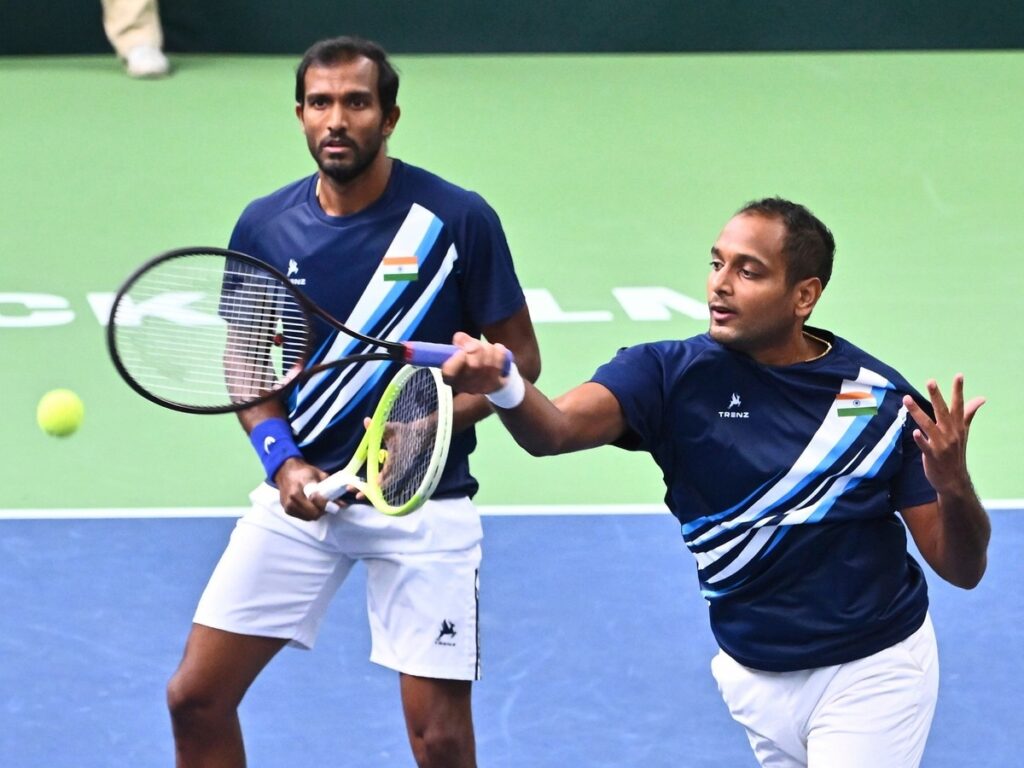The Davis Cup is one of the most prestigious tournaments in the world of tennis, where nations compete for glory in this team format championship. Recently, India faced a disappointing defeat against Sweden, marking the sixth time the Indian squad has succumbed to the Swedish team in the history of this tournament. This article will delve into the details of the match, analyzing key performances and discussing its implications for Indian tennis.
Match Overview
The crucial tie featured a pair of matches where Indian players were under immense pressure to perform. Ramkumar Ramanathan and N. Sriram Balaji teamed up, facing their Swedish counterparts in a do-or-die match that could have kept India’s hopes alive in the tournament. Unfortunately, their performance fell short, leading to another heartbreaking defeat.
Performance Analysis
Poor Showing from the Doubles Pair
Ramanathan and Balaji’s tandem struggled to find their rhythm, ultimately losing in straight sets. Their inability to capitalize on crucial break points and the lack of effective coordination were significant factors contributing to their defeat. Below is a summary of their match statistics:
| Player | Aces | Double Faults | Break Points Converted |
|---|---|---|---|
| Ramkumar Ramanathan | 5 | 3 | 2/6 |
| N. Sriram Balaji | 3 | 2 | 1/5 |
Siddharth Vishwakarma’s Struggles
Similarly, Siddharth Vishwakarma, the young Indian player, also failed to make a significant impact in his singles match. His inexperience at this level showed as he found it challenging to match the agility and tactics of his Swedish opponent. Such performances raise concerns about the depth of talent in Indian tennis and the need for more robust training and exposure for young players.
Implications for Indian Tennis
This loss not only adds to India’s historical struggles against Sweden in the Davis Cup but also highlights several critical aspects of Indian tennis. It brings to light the necessity for improved training facilities, better sports science integration, and a stronger focus on developing upcoming athletes. With the competitive nature of international tennis continuing to rise, it is imperative for Indian tennis to evolve and adapt.
Future Prospects
Looking ahead, Indian tennis must focus on nurturing young talent and providing them with adequate resources and opportunities. Strategic planning and investment in tennis academies could yield a new generation of players capable of competing on the world stage. Furthermore, gaining experience in international circuits will enhance their skills and confidence.
Conclusion
The recent defeat against Sweden in the Davis Cup underscores the challenges that the Indian tennis team faces on the global stage. While these setbacks are disheartening, they also serve as an opportunity for reflection and growth. By addressing the gaps in training and player development, India has the potential to rise and achieve greater success in future tennis competitions.
